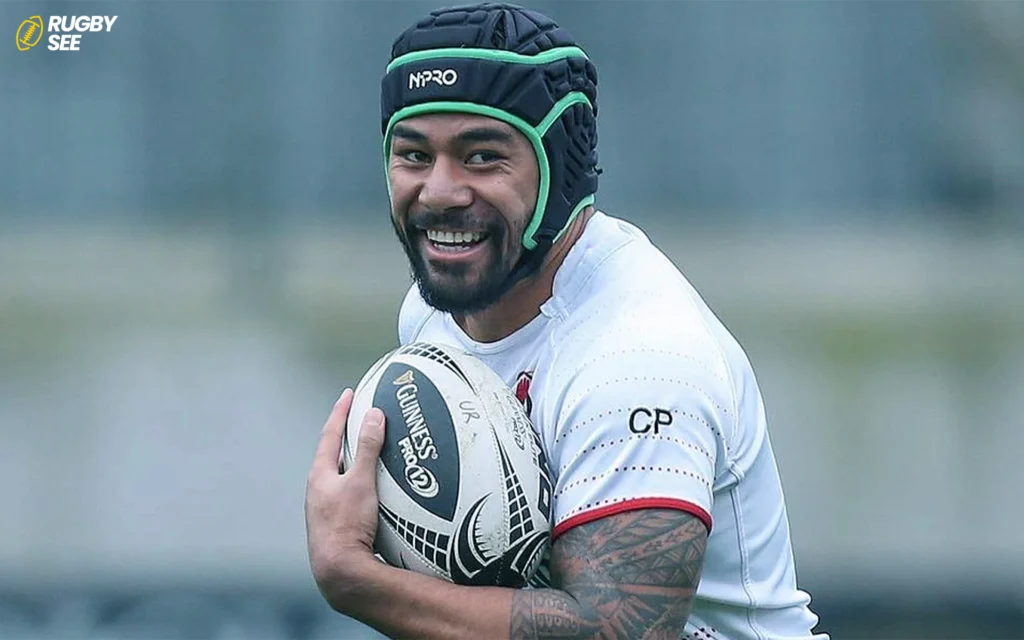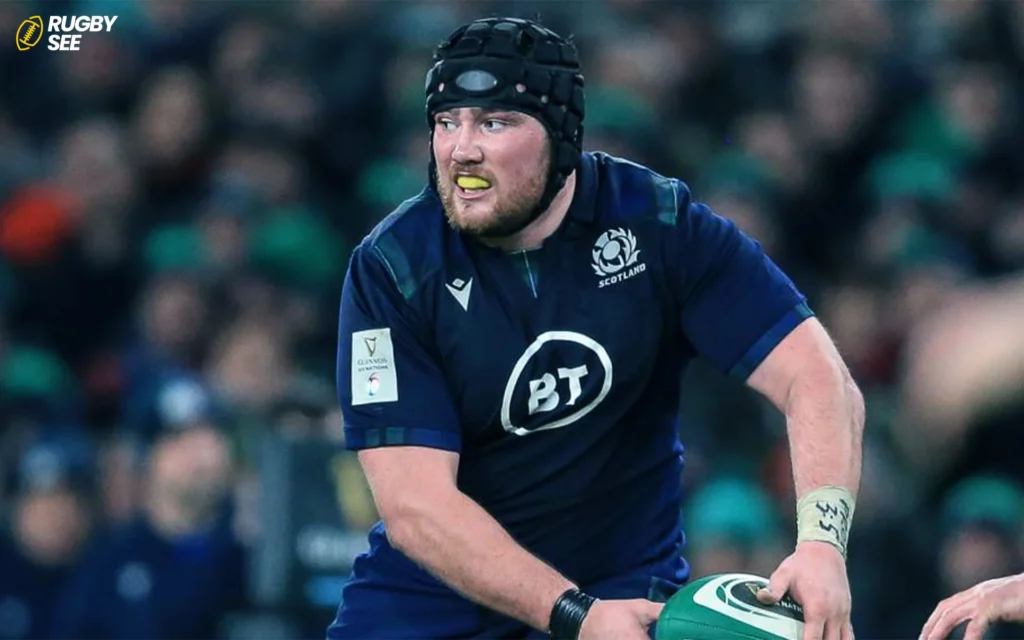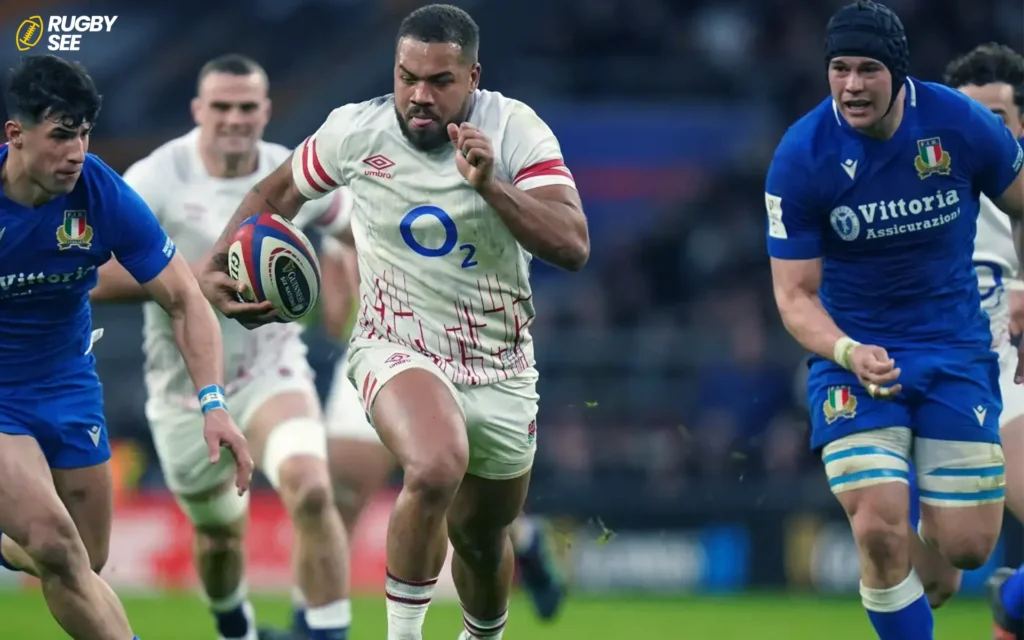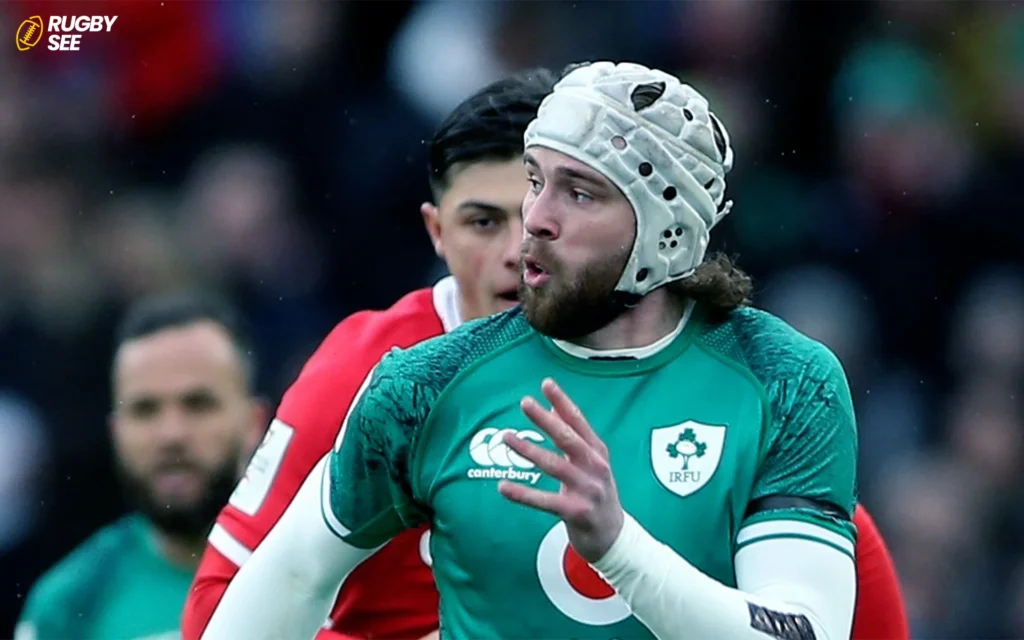In the field of contact sports, the conversation around player safety with special emphasis on preventing head injuries is very important. Rugby, known for its physical intensity and minimal protective equipment, is at the center of a major debate: Should rugby players wear helmets? This question has started discussions among players, coaches and fans. As we investigate this with Rugbysee , we look at the current state of rugby safety measures, the effectiveness of helmets in the sport and whether the introduction of helmets in rugby could change the game for better or worse.
Understanding Rugby’s Stance on Helmets
Rugby’s approach to player safety is built around strict rules regarding tackling and player conduct, aiming to minimize the risk of injury. Unlike American football, where helmets and heavy padding are integral to the player’s gear, rugby has traditionally relied on technique and discipline to protect players. The question arises, “does rugby have helmets?” Currently, rugby players may wear headgear, often referred to as scrum caps, designed to protect against cuts and abrasions but not specifically engineered to prevent concussions or more severe brain injuries.
The Role of Scrum Caps in Rugby
Scrum caps are made of thin, soft materials with the primary function of protecting players’ ears in scrums and reducing the risk of superficial head injuries. However, they lack the hard, protective shell found in helmets used in American football or cycling, offering limited protection against concussive forces.

The Debate Around Helmets in Rugby
The discussion on introducing helmets into rugby is multifaceted, involving considerations of safety, tradition, and the potential impact on how the game is played.
Safety Concerns and Concussion Prevention
Proponents of helmets in rugby argue that as our understanding of concussions and their long-term impact improves, the sport must evolve to protect players. They point to research in other contact sports suggesting that helmets, when properly designed and used, can reduce the severity of head injuries.
The Risk of Risk Compensation
Opponents of mandatory helmet use in rugby raise concerns about risk compensation—a phenomenon where individuals adjust their behavior in response to perceived increases in safety. In the context of rugby, there’s a fear that helmets might lead players to engage in more dangerous play, mistakenly believing the helmet provides greater protection against concussions than it actually does and if you know to know more about how much Rugby players earn you can read Unveiling the Earnings: How Much Do Rugby Union Players Make?
Cultural and Traditional Aspects
Rugby’s culture prides itself on toughness and resilience, aspects that extend to its approach to safety gear. Introducing helmets could be seen as a departure from the sport’s traditions, potentially altering the game’s identity. This cultural resistance is a significant factor in the ongoing debate.
The Effectiveness of Helmets in Sports
To inform the rugby helmet debate, it’s useful to examine their effectiveness in other sports. Studies in American football have shown that while helmets reduce the risk of skull fractures and severe brain injuries, their ability to prevent concussions is still a subject of research and debate. The challenge lies in the nature of concussive forces, which can occur from sudden acceleration or deceleration of the head, not just direct impacts that helmets are designed to mitigate.

Lessons from American Football
American football’s experience with helmets and concussion protocols provides valuable insights. Despite the use of helmets, concussions remain a significant concern, underscoring the complexity of brain injury prevention and the need for comprehensive approaches that include rule changes, tackling techniques, and player education.
Future Directions: Safety Innovations in Rugby
The rugby community continues to explore ways to enhance player safety, including the potential for advanced headgear. Research and development efforts are focused on creating headgear that could better absorb impact and reduce the risk of concussions without leading to riskier play behaviors.
The Importance of Education and Technique
Alongside equipment innovations, rugby authorities emphasize the importance of proper tackling techniques and strict enforcement of rules to protect players’ heads. These measures, combined with ongoing education about the risks and symptoms of concussions, are crucial components of rugby’s safety strategy.
Technological Advancements in Protective Gear for Rugby
As the debate over helmets in rugby continues, significant attention is turning towards technological advancements in protective gear. Innovations in materials science and impact analysis are leading to the development of more sophisticated headgear that could offer better protection against concussions while minimizing the risk of risk compensation behaviors. These advancements include the use of energy-absorbing materials, designs that aim to reduce rotational forces on the brain, and even smart helmets equipped with sensors to monitor impacts in real-time.

The Potential of Wearable Technology
Wearable technology could revolutionize player safety in rugby. Sensors embedded in headgear or even directly in the players’ jerseys could provide valuable data on the forces players experience during a game. This data could not only inform immediate medical responses but also contribute to long-term strategies for injury prevention, including adjustments to rules and playing styles to minimize dangerous play.
International Rugby Organizations and Player Safety
World Rugby, the international governing body for rugby union, plays a pivotal role in shaping the sport’s approach to player safety. The organization’s stance on protective gear, including helmets, is informed by ongoing research and consultation with medical experts. World Rugby’s “Player Welfare” initiatives emphasize not only equipment but also education, proper technique, and health protocols as integral components of player safety.
The Role of Policy and Education
World Rugby and national rugby organizations have implemented various policies aimed at reducing head injuries, including concussion protocols that require players suspected of having a concussion to be removed from play immediately. These measures are complemented by educational campaigns targeting players, coaches, and officials to ensure everyone involved in the sport understands the risks associated with head injuries and the importance of proper technique and adherence to safety rules.
The Broader Implications for Rugby’s Future
The conversation about helmets and head protection in rugby is part of a larger discussion about the sport’s future. As rugby seeks to grow its global fan base and ensure the welfare of its players, decisions about protective gear and safety protocols will have far-reaching implications.
Balancing Growth with Safety
Rugby’s efforts to expand internationally and attract new fans and players must be balanced with a commitment to player safety. This balancing act requires careful consideration of how changes to equipment and rules might affect the game’s appeal and integrity. The challenge lies in making the sport safer without diluting its essence—a physical, high-contact game celebrated for its intensity and camaraderie.

The Community’s Role in Shaping the Future
The rugby community, including players, coaches, fans, and administrators, has a significant role in shaping the sport’s approach to safety and helmets. Open dialogue, shared experiences, and collective decision-making can ensure that initiatives to improve safety are effective, widely supported, and respectful of rugby’s traditions.
The debate on whether rugby players should wear helmets touches on deeper questions about how the sport balances tradition, player safety, and the essence of the game. While scrum caps provide some level of protection, the potential for helmets to significantly impact concussion rates in rugby remains a complex issue, influenced by factors beyond just the equipment used.
As rugby looks to the future, the sport must navigate these challenges thoughtfully, considering advancements in safety technology, medical research, and cultural values. The goal is clear: to protect players while preserving the spirit and integrity of rugby. Engaging in open, informed discussions on topics like “does rugby have helmets” will be key to achieving this balance, ensuring rugby continues to thrive as a beloved global sport, celebrated for its intensity, camaraderie, and commitment to player welfare.










